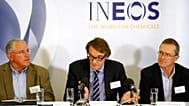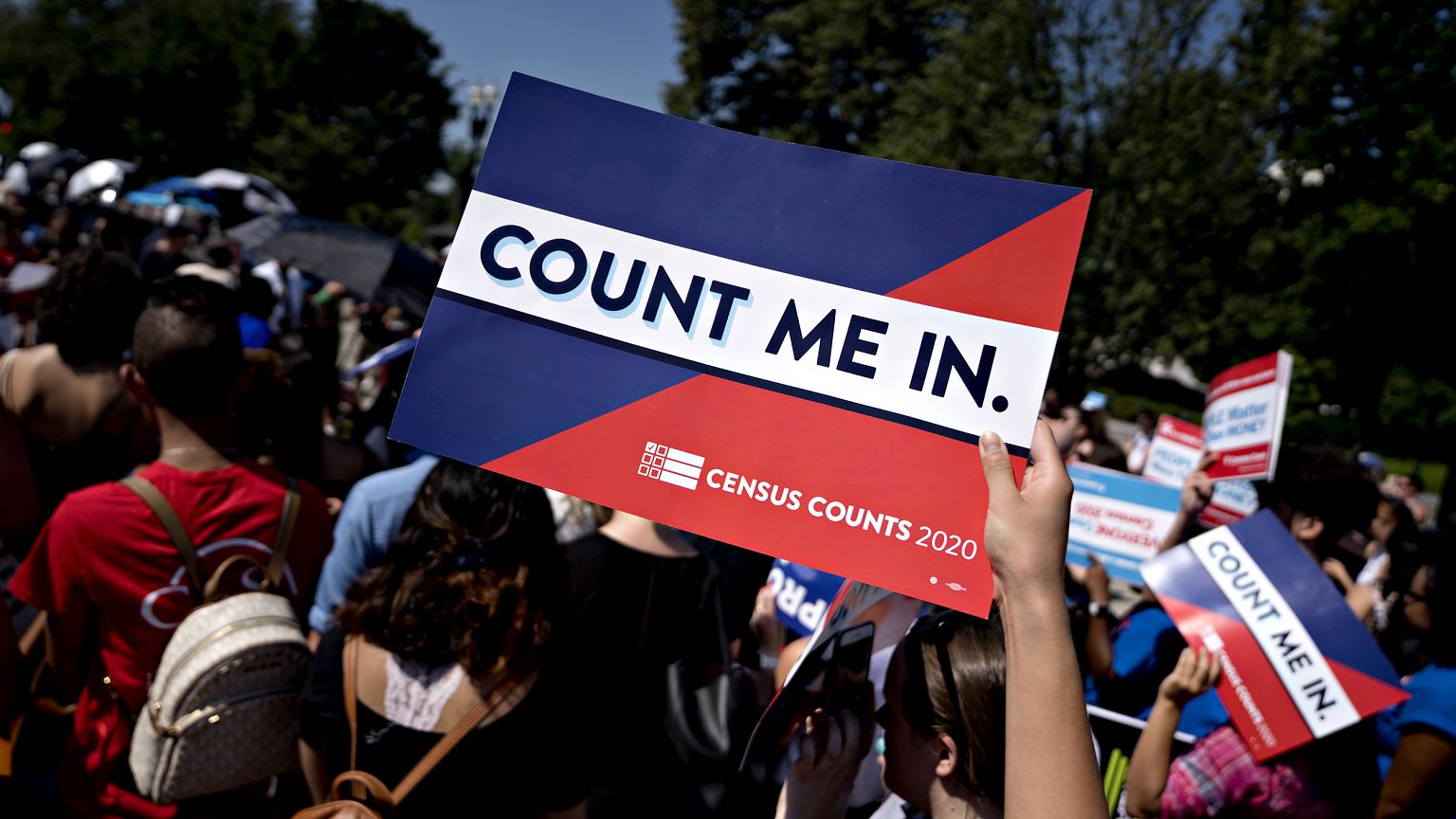Former Census Bureau directors and federal experts said the president would have faced major hurdles
President Donald Trump on Thursday announced he had backed away from issuing an executive order to add a citizenship question to the census form and would insteadinstruct all government agencies to provide existing data about residents' citizenship status.
In a White House announcement, Trump said he'd nixed the census question because it would have prompted "considerable delays" in completing the census.
Several former U.S. Census Bureau directors and other experts told NBC News that while Trump could have potentially moved forward in three ways to include the question on the census form — each would have presented enormous and unprecedented logistical challenges, due mostly to the fact the Commerce Department had already begun printing forms without the question.
1. Start over
Following a U.S. Supreme Court decision that blocked the addition of the citizenship question, the U.S. Census Bureau recently began printing the questionnaire.
That means that if Trump had decided to nevertheless order the citizenship question added, one option in Would have been to throw away everything that's already been printed and reprint the questionnaire with the citizenship question.
But depending on how many forms had already been printed, the former Census chiefs and experts said, this option could have been enormously expensive.
"This is not just like going to your corner print store and running off a few extra copies. This is a print job unlike any print job the country ever does," Robert Groves, the Census Bureau director from 2009 to 2012, told NBC News.
Groves, who oversaw the 2010 census during the Obama administration, said the government contract and the timing with the printer — the conglomerate R.R. Donnelley — is typically arranged far in advance and can be very difficult to change on short notice.
"In order to schedule such a large print job, the company that does it has to move their other clients around the census schedule, and I would imagine they have already have done so," said Groves, who now works as the provost of Georgetown University. "If the government came in at the last minute, and said we need more print capacity in the later phase, you can imagine the logistical problems and implications for other printer users."
Groves estimated the government would have had to reprint tens of millions of new questionnaires.
2. An addendum
Another option would have been to print an addendum — essentially one additional piece of paper with the added question on it to supplement the census questionnaire that had already been printed.
While this option would have been far less costly, and quicker, the former Census Bureau directors agreed that having two questionnaires would likely present substantial confusion for recipients and lead to unreliable results.
"You can obviously just print a separate piece of paper and stick it in a separate envelope, but that would damage the census, by definition," said Kenneth Prewitt, who served as the Census Bureau director from 1998 to early 2001 and oversaw the 2000 census in the Clinton administration.
"It's unprecedented and, yes, methodologically unsound," added Prewitt, now a professor at Columbia University's School of International and Public Affairs. He explained that, in this scenario, participants might receive one envelope in the mail with two questionnaires, or two envelopes with two questionnaires, and that in either case, it would likely cause confusion and lead to people filling out one but not the other — which could scramble results.
"Changes midstream, like this, are likely to impact accuracy and the quality of the data," said Corinna Turbes, the associate director of policy analysis at the Council of Professional Associations on Federal Statistics, a nonprofit focused on promoting excellence in federal statistics.
Experts also pointed out that if Census Bureau officials started over and reprinted the questionnaire, or included an addendum, the Bureau also would have to print other materials — such as instructions for "enumerators," the census takers who go house to house.
"The citizenship question is a politically and emotionally charged question," Groves said. "You'd have to print new training manuals for enumerators. Imagine yourself as an enumerator working in a neighborhood that has a lot of new immigrants…you would need to pick up some skills to express to them this is confidential information that can't be used against them. This is a new challenge."
3. Call them
After the initial self-response period, the Census Bureau begins a non-response follow-up phase for people who did not respond initially. In between, however, there is something called the "coverage improvement operations" — a large-scale effort by callers hired by the Census Bureau who reach out to respondents from the initial wave of voluntary responses for answers to questions that were not clear or were missing.
In theory, Groves and Prewitt said, the Census Bureau could use this protocol as a way to ask all respondents the citizenship question.
But the callers would have to receive fresh training on how to appropriately ask the question, Groves said. In addition, he said, coverage improvement operations have typically been staffed at levels that imagine callers reaching out a few million households with incomplete data — not tens of millions of them.
"The staffing of the call centers is not designed to be at this level," Groves said.
There are other unique problems in this scenario.
"Even in 2019, not everyone has a telephone," Groves said. "And actually, not everyone even writes their telephone number on the form in the first place. It's an item where we tend to see the most missing data."















